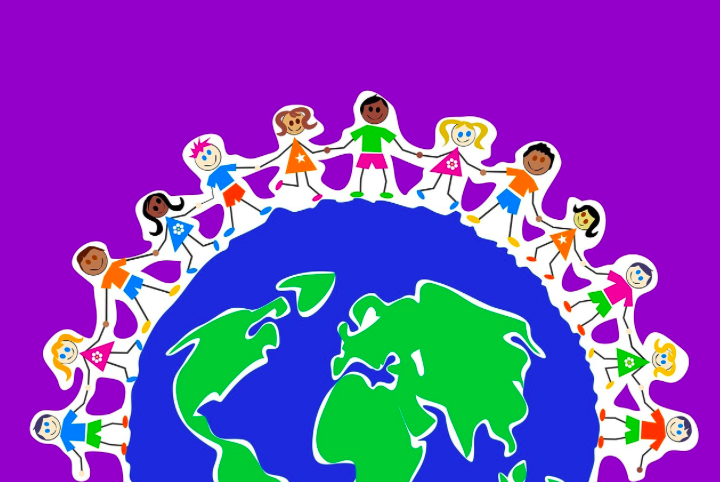“The New Librarian: How to set up a Global Citizens program”
Thank you for embarking on this educational journey with me!
Welcome! This is my very first “Research Response” blog post! I decided to search under the hashtag, #GlobalEducation, on Twitter, and I came across an article called, “The New Librarian: How to set up a Global Citizens program” written by Margaret Cole in August of last year.

Click here to read the article!
An elementary school librarian at Tudor Elementary School in Anchorage, Alaska had one task. That was to connect her students with the world around them to inspire peace and to take action on global issues.
When I first saw this article, I was immediately interested. I love stories about teachers using what they are passionate about in the classroom and inspiring their students to change the world. In this article, the writer discusses 7 steps to creating a Global Citizens program in a school. This project was developed to help show the students just how big the world is and to assess what they think peace is where they are from and to kids around the world.
- Determine your purpose in setting up a global citizens program.
- This step allows the reader/teacher to assess their ultimate goals and purpose for developing this program.
- It is also very important to think about your students when it comes to implementing this into your teaching style.
- Rethink how you teach everything.
- The teacher will have to reassess how this may affect their teaching style while also making sure the students understand, connect and ultimately appreciate other perspectives.
- Think globally AND act locally.
- I found this step both interesting and crucial. It is very important to show the young students people that look different from them. This will allow them to think differently by using illustrations and examples and modeling different behaviors for the students.
- Read books on global education.
- I, personally, am not that educated on global education, so I think this is also a very important step.
- Find the best global education resources that work for you.
- Some good resources to use are Skype, PenPal Schools and Generation Global. I thought to myself, what are some of these resources? Generation Global is a site that prepares students through providing them with skills and experience they may need to navigate difference in a peaceful way.
- Use any resources found at Global Education Alaska.
- It is super important to use all of the resources you can get. But, it is also very important to find more local resources that relate to where you are from. Global Education Alaska was created by the librarian, herself, Michelle Carton.
- Join Google+ Communities that support international project design and connecting classrooms.
- As an educator, it can be very beneficial to connect with other classrooms around you to share ideas.
What was the outcome?
The children involved with Michelle Carton’s project are gradually learning more about the world around them and how making connections on a global scale has led them to see through different perspectives.
A quote from Carton closes the article: “They believe that the future of their world is in their own hands.”
Thank you for joining me on my first blog! I hope you learned as much as me and was inspired, too!